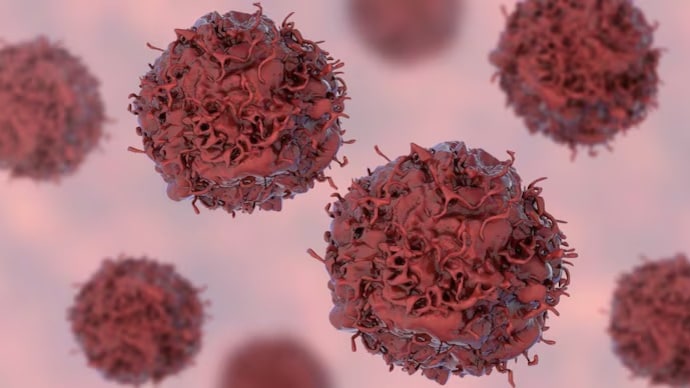Why neighbor, not a doctor, can be the key to cervical cancer prevention
This article is co-authored by three professors of IIM Udaipur, Ved Ponnappan, Prakash Satyavezeshawaran and Sundar Bhardwaj.

In 2024, cervical cancer claimed the lives of 80,000 people in India, which was about a quarter of a global toll. Nevertheless, all these deaths could be stopped. Why are so many Indian women still dying of cervical cancer? The answer is not in our hospitals, but in our homes, communities and cultural norms with deep root.
Research accepted for publication in Marketing journal, A groundbreaking provides insight: Who Salvation What Message about cervical cancer screening matters.
Real obstacles for screening
According to NFHS-5, only 1.9% of Indian women undergo cervical cancer screening (CCS) compared to more than 70% in countries like Australia. Government expeditions greatly rely on posters and infographics, which warns of hazards of cervical cancer.
Well mean, this strategy assumes an important thing: that women are free to work on this information.
The reality, as our study shows, is far more complex.
Working in four Indian states, we found that two important obstacles are standing on the way to the adoption of CCS: Lack of awareness and disintegration of sociological norms.
Many women simply do not know what is cervical cancer or why they should check. More upset, even when aware, fear, stigma and dependence on male family members often prevents women from seeking help.
But hopefully, and it does not require expensive technology or a new infrastructure. Instead, it asks to rethink which we empowered to speak.
Doctor vs. Peers: Whom does the woman listen to?
We ran a large -scale field experiments compared to various messenger and messaging styles. Unexpectedly, doctors were confident and reliable.
When doctors gave factual information about cervical cancer, its risks, symptoms and treatments, women gave more favorable response than impersonal infographics.
However, the real success occurred when the message was given by a colleague, another woman in the same community, using the tone of empowerment rather than fear.
When local women shared stories that normalize CCS, addressed common taboos, and encouraged others to control their health, the impact was transformational.
The study showed that the correct fit to persuade a colleague-contributed strong message, increasing the screening adoption of 36.5% compared to standard methods.
It is probably investigating 21 million additional Indian women, a huge win for public health.
Empowerment on fear
Why does this work? Because women listen to women with whom they are related.
This is not just a health message when a neighbor shared that she went for a screening and is now encouraging others to do so too; This is social permission. It breaks the silence, reduces fear, and a wave of faith creates effects.
This does not mean that doctors are not important. Their participation still enhances considerable value and desire to pay for services.
But when it comes to changing behavior, peers are often preferable to overcome stigma and cultural resistance, especially when they distribute messages that are strong rather than intimidating.
What should India do next
This insight has powerful implications for public health strategy. What can India do here:
-
Rethinking of public health campaigns: Change the faceless posters and experts and ingredients with real women of the community by telling your stories in your own words.
-
Peer teacher: Local health workers, Asha, and community leaders not only with the facts, but also with the equipment to talk about screening in ways that resonate women’s daily life and concerns. The equipment does not need to be expensive. In our research, we used simple WhatsApp videos of messages from a female doctor and a female colleague.
-
Strong to empower women to empower each other: Common conversations about reproductive health in everyday settings such as women’s self-help groups, Anganwadi centers, and community kitchens or village meetings.
-
Include civil society: NGOs who already have deep community relations can be important in scaling a colleague -led interventions. CMP based screening by NGOs with clear referral routes can be particularly effective.
It is not just about saving life. It is about recovering the agency for millions of Indian women. It is about transferring the healthcare story from “to do it to you” “Let’s do it together.”
The fight against cervical cancer will not be won in laboratories, clinics or lectures halls, winning it in the kitchen, community hall and farm fields.
By identifying the power of colleague influence and referring to our health messages for women’s living experiences, India has a chance to move from awareness to action and silence to existence.






